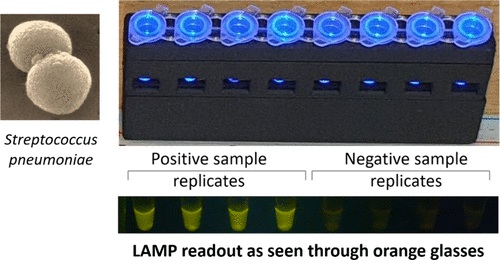New Research Shows Self-Collected Tests Perform Similarly to Provider-Collected Tests for Detecting STIs
|
By LabMedica International staff writers Posted on 27 Jul 2023 |
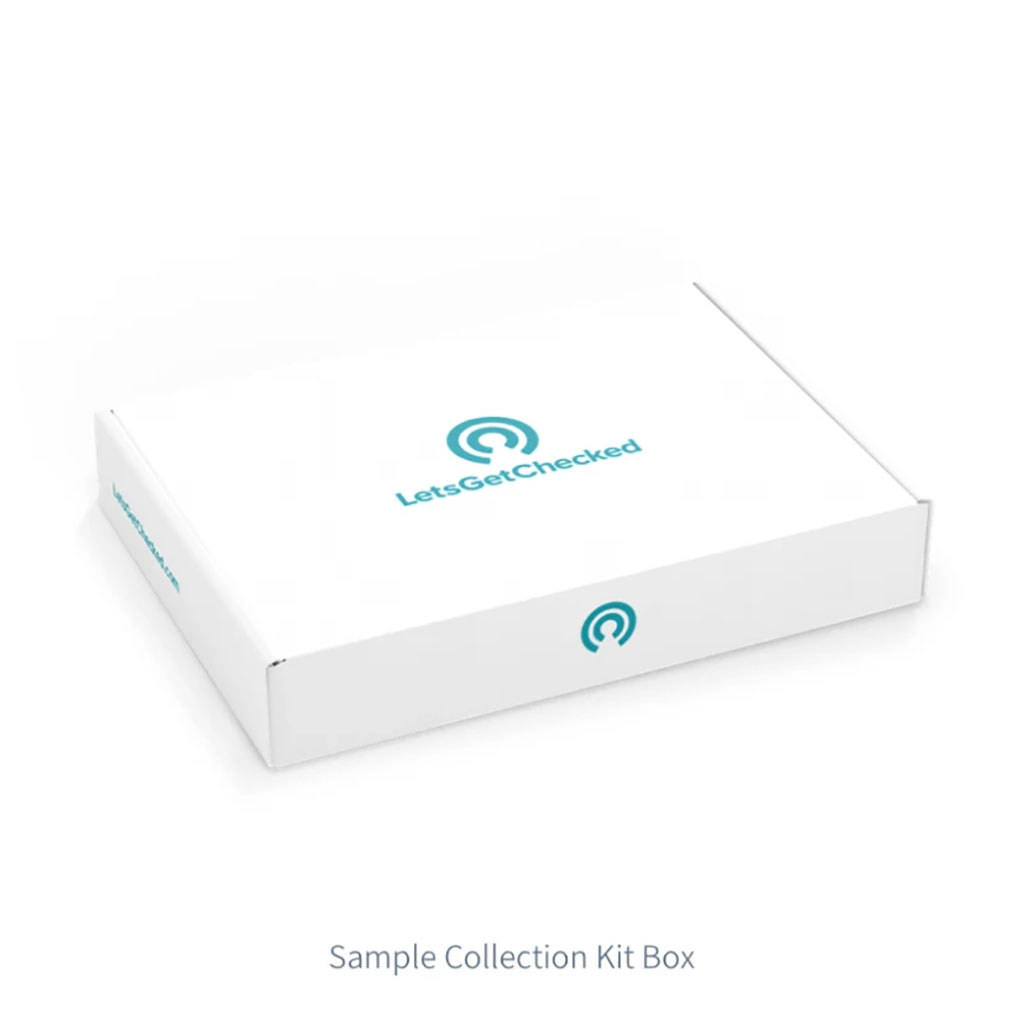
New research presented at the 2023 AACC Annual Scientific Meeting & Clinical Lab Expo has shown that self-collected tests are as effective as provider-collected tests in detecting prevalent sexually transmitted infections (STIs). These findings could pave the way for new, discreet testing options that expand access to STI screening.
The human papillomavirus (HPV) is a primary cause of cervical cancer in the U.S., creating the need for regular testing as part of prevention and screening measures. Testing traditionally occurs in clinical environments, but there's increasing interest in using self-collected samples for HPV and other STIs. Such self-administered tests could potentially benefit those who find it difficult to access healthcare providers due to their location, profession, or fear of stigma or discrimination. Nevertheless, additional research is needed to confirm the reliability of these self-collected tests.
Researchers from LetsGetChecked Laboratories (New York, NY, USA) and the Permanente Medical Group (Oakland, CA, USA) performed a comparative study on HPV tests using 144 pairs of self-collected vaginal swabs and healthcare provider-collected swabs from the cervix lining. Additionally, they exposed a small selection of self-collected samples to temperatures that simulate extreme seasonal fluctuations. To assess the variability in swabs from a single individual, likely due to differing virus quantities in each swab, the researchers evaluated five self-collected swabs from 15 participants.
Lastly, the team explored methods to enhance the collection process, like modifying the duration samples were left to dry and providing participants with an instructional video. The majority of self-collected samples delivered results consistent with those from provider-collected ones. Differences were attributed to smaller amounts of detectable virus in self-collected samples. Those samples exposed to extreme temperatures had less detectable virus than those not subjected to such conditions. However, changes in the drying time of samples did not affect virus detection. Sample validity saw an improvement of 8.5% after participants viewed an instructional video.
“We performed a detailed analysis of the variables related to self-collected vaginal swabs to calculate analytical acceptability metrics, and to identify limitations in testing that can be improved to aid in modern cervical cancer screening,” said primary author Michelle Qi.
In another study, researchers from the Los Angeles County Department of Public Health (Baldwin Park, CA, USA) and LetsGetChecked analyzed the performance of self-collected tests versus provider-collected tests for two common sexually transmitted infections (STIs): Chlamydia trachomatis and Neisseria gonorrhea. These infections frequently present without symptoms, making them challenging to detect. The Centers for Disease Control and Prevention suggest that self-collected samples, obtained from urine or swabs of the vagina, rectum, or throat, could serve as practical alternatives to provider-collected samples. At present, only urine and vaginal swabs can be self-collected within clinics. This research was initiated with the aim of broadening the inclusivity and accessibility of STI testing by examining more options for self-collection and home testing.
The researchers evaluated results from 164 pairs of rectal swabs collected at home and by providers, and 159 pairs of throat swabs. They also conducted tests on urine and vaginal swabs to determine the effects of temperature fluctuations, contamination from hands, and inaccurate filling of self-collected urine samples. When compared to provider-collected samples, the self-collected rectal swabs showed 95.5% positive agreement for C. trachomatis and a perfect 100% for N. gonorrhea. Meanwhile, self-collected throat swabs were nearly 100% consistent with provider-collected swabs for both infections. Notably, there were several swabs that tested positive for both pathogens when self-collected but tested negative when collected by providers. The presence of hand contaminants had a negligible impact on test outcomes, and the results remained largely unaltered by temperature fluctuations and incorrect filling of urine samples.
“Self-collected rectal and throat swabs could offer better sensitivity than those collected by physicians for detecting C. trachomatis and N. gonorrhea—without compromising the test’s analytical performance,” said Breland Hockman, Ph.D., one of the study’s authors. “Therefore, specimens of STIs collected at home offer a viable option for improving access to STI screening and could offer a non-stigmatizing approach to sexual health.”
Related Links:
LetsGetChecked Laboratories
Permanente Medical Group
LA County Public Health
Latest AACC 2023 News
- First-of-Its-Kind Single-Cell Clinical Microbiology Platform Wins 2023 Disruptive Technology Award
- Ground-Breaking Phage-Based Diagnostic Kit for Laboratory Tuberculosis Testing Presented at AACC 2023
- Laboratory Experts Show How They Are Leading the Way on Global Trends
- Unique Competition Focuses on Using Data Science to Forecast Preanalytical Errors
- Best Approach to Infectious Disease Serology Testing for Laboratorians and Clinicians Discussed at AACC 2023
- Breaking Research Throws Light on COVID, Flu, and RSV Co-Infections
- AI Predicts Multiple Sclerosis Risk, Flags Potentially Contaminated Lab Results
- Scientific Session Explores Role of Technology in New Era of Specimen Transport
- Prevencio Presents AI-Driven Platform for Medical Diagnostic Test Development
- Scientific Session Explores Future Role of AI and ML in Clinical Laboratory
- SARSTEDT Demonstrates Pre-Analytic Innovations for Improving Specimen Quality, Reducing TAT and Automating Labs
- World's First Large Sample Volume, Open-Assay, Super-fast, Ultra-Sensitive, and Sample-To-Answer PCR Instrument
- Vital Biosciences Unveils Revolutionary POC Lab Testing Platform
- World's Smallest POC Device for Complete Blood Count in 30 Minutes Unveiled
- General Biologicals Unveils CTC Cancer Detection Products and Automated Molecular System
- Fapon Showcases Innovative Diagnostic and Biopharma Solutions
Channels
Clinical Chemistry
view channel
VOCs Show Promise for Early Multi-Cancer Detection
Early cancer detection is critical to improving survival rates, but most current screening methods focus on individual cancer types and often involve invasive procedures. This makes it difficult to identify... Read more
Portable Raman Spectroscopy Offers Cost-Effective Kidney Disease Diagnosis at POC
Kidney disease is typically diagnosed through blood or urine tests, often when patients present with symptoms such as blood in urine, shortness of breath, or weight loss. While these tests are common,... Read moreMolecular Diagnostics
view channel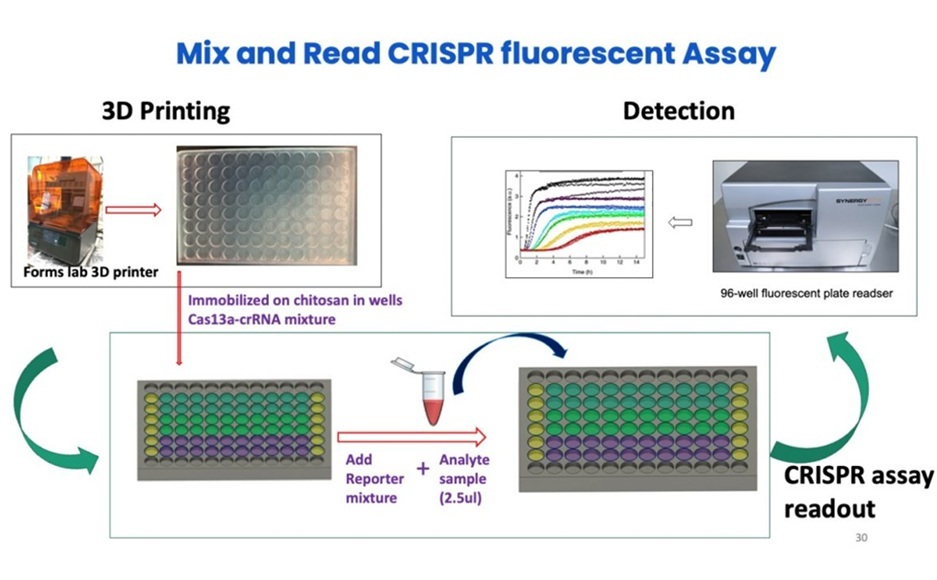
Fast Low-Cost Alzheimer’s Tests Could Detect Disease in Early and Silent Stages
Early diagnosis remains one of the greatest challenges in combating Alzheimer’s disease, the most common cause of age-related dementia. With symptoms like memory loss and confusion typically appearing... Read more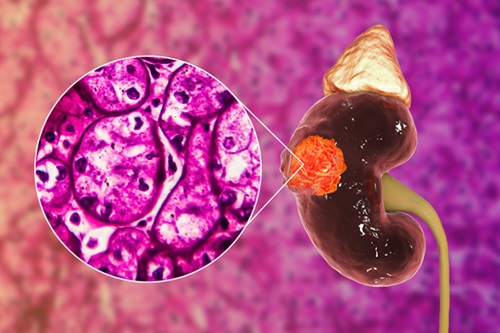
Further Investigation of FISH-Negative Tests for Renal Cell Carcinoma Improves Diagnostic Accuracy
Accurate diagnosis of renal cell carcinoma (RCC) is critical to determining the right therapy, but standard diagnostic methods can sometimes miss important genetic alterations. Now, researchers have discovered... Read more
First Direct Measurement of Dementia-Linked Proteins to Enable Early Alzheimer’s Detection
The disease process in Alzheimer’s begins long before memory loss or cognitive decline becomes apparent. During this silent phase, misfolded proteins gradually form amyloid fibrils, which accumulate in... Read moreHematology
view channel
ADLM’s New Coagulation Testing Guidance to Improve Care for Patients on Blood Thinners
Direct oral anticoagulants (DOACs) are one of the most common types of blood thinners. Patients take them to prevent a host of complications that could arise from blood clotting, including stroke, deep... Read more
Viscoelastic Testing Could Improve Treatment of Maternal Hemorrhage
Postpartum hemorrhage, severe bleeding after childbirth, remains one of the leading causes of maternal mortality worldwide, yet many of these deaths are preventable. Standard care can be hindered by delays... Read more
Pioneering Model Measures Radiation Exposure in Blood for Precise Cancer Treatments
Scientists have long focused on protecting organs near tumors during radiotherapy, but blood — a vital, circulating tissue — has largely been excluded from dose calculations. Each blood cell passing through... Read moreImmunology
view channel
Chip Captures Cancer Cells from Blood to Help Select Right Breast Cancer Treatment
Ductal carcinoma in situ (DCIS) accounts for about a quarter of all breast cancer cases and generally carries a good prognosis. This non-invasive form of the disease may or may not become life-threatening.... Read more
Blood-Based Liquid Biopsy Model Analyzes Immunotherapy Effectiveness
Immunotherapy has revolutionized cancer care by harnessing the immune system to fight tumors, yet predicting who will benefit remains a major challenge. Many patients undergo costly and taxing treatment... Read moreMicrobiology
view channel
High-Throughput Enteric Panels Detect Multiple GI Bacterial Infections from Single Stool Swab Sample
Gastrointestinal (GI) infections are among the most common causes of illness worldwide, leading to over 1.7 million deaths annually and placing a heavy burden on healthcare systems. Conventional diagnostic... Read more
Fast Noninvasive Bedside Test Uses Sugar Fingerprint to Detect Fungal Infections
Candida bloodstream infections are a growing global health threat, causing an estimated 6 million cases and 3.8 million deaths annually. Hospitals are particularly vulnerable, as weakened patients after... Read morePathology
view channel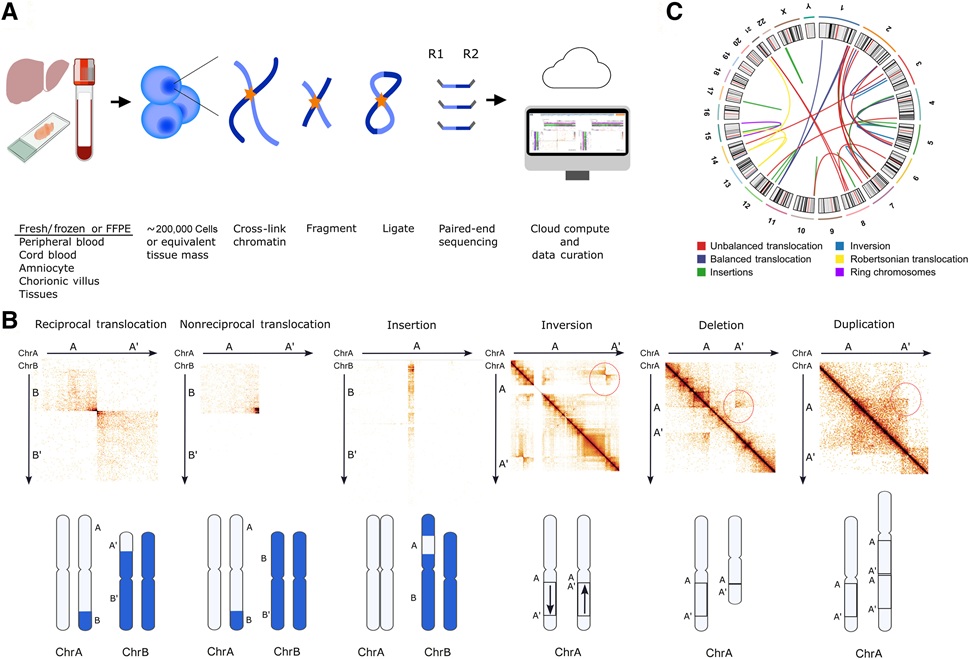
3D Genome Mapping Tool to Improve Diagnosis and Treatment of Genetic Diseases
Standard laboratory tests often fail to detect complex DNA rearrangements that underlie many genetic diseases. To bridge this diagnostic gap, researchers have developed a 3D chromosome mapping method that... Read more
New Molecular Analysis Tool to Improve Disease Diagnosis
Accurately distinguishing between similar biomolecules such as proteins is vital for biomedical research and diagnostics, yet existing analytical tools often fail to detect subtle structural or compositional... Read more
Tears Offer Noninvasive Alternative for Diagnosing Neurodegenerative Diseases
Diagnosing and monitoring eye and neurodegenerative diseases often requires invasive procedures to access ocular fluids. Ocular fluids like aqueous humor and vitreous humor contain valuable molecular information... Read moreTechnology
view channel
Portable Biosensor Diagnoses Psychiatric Disorders Using Saliva Samples
Early diagnosis of psychiatric disorders such as depression, schizophrenia, and bipolar disorder remains one of medicine’s most pressing challenges. Current diagnostic methods rely heavily on clinical... Read more
Cell-Sorting Device Uses Electromagnetic Levitation to Precisely Direct Cell Movement
Sorting different cell types—such as cancerous versus healthy or live versus dead cells—is a critical task in biology and medicine. However, conventional methods often require labeling, chemical exposure,... Read moreIndustry
view channel
Qiagen Acquires Single-Cell Omics Firm Parse Biosciences
QIAGEN (Venlo, Netherlands) has entered into a definitive agreement to fully acquire Parse Biosciences (Seattle, WA, USA), a provider of scalable, instrument-free solutions for single-cell research.... Read more
Puritan Medical Products Showcasing Innovation at AMP2025 in Boston
Puritan Medical Products (Guilford, ME, USA), the world’s most trusted manufacturer of swabs and specimen collection devices, is set to exhibit at AMP2025 in Boston, Massachusetts, from November 11–15.... Read more
Advanced Instruments Merged Under Nova Biomedical Name
Advanced Instruments (Norwood, MA, USA) and Nova Biomedical (Waltham, MA, USA) are now officially doing business under a single, unified brand. This transformation is expected to deliver greater value... Read more










 assay.jpg)



